Materiality5
Preventing Pollution and Conserving Ecosystems

Relevant SDGs
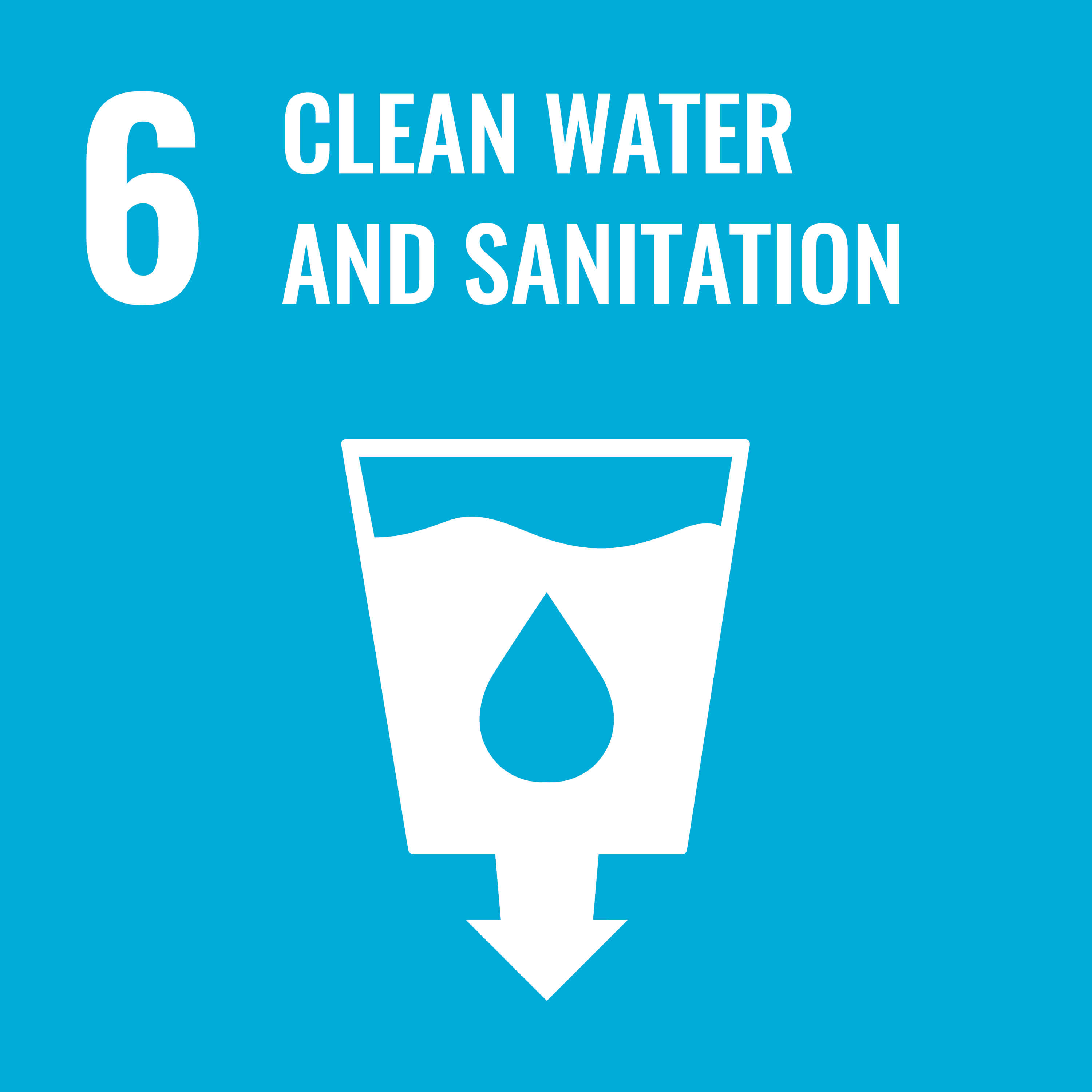
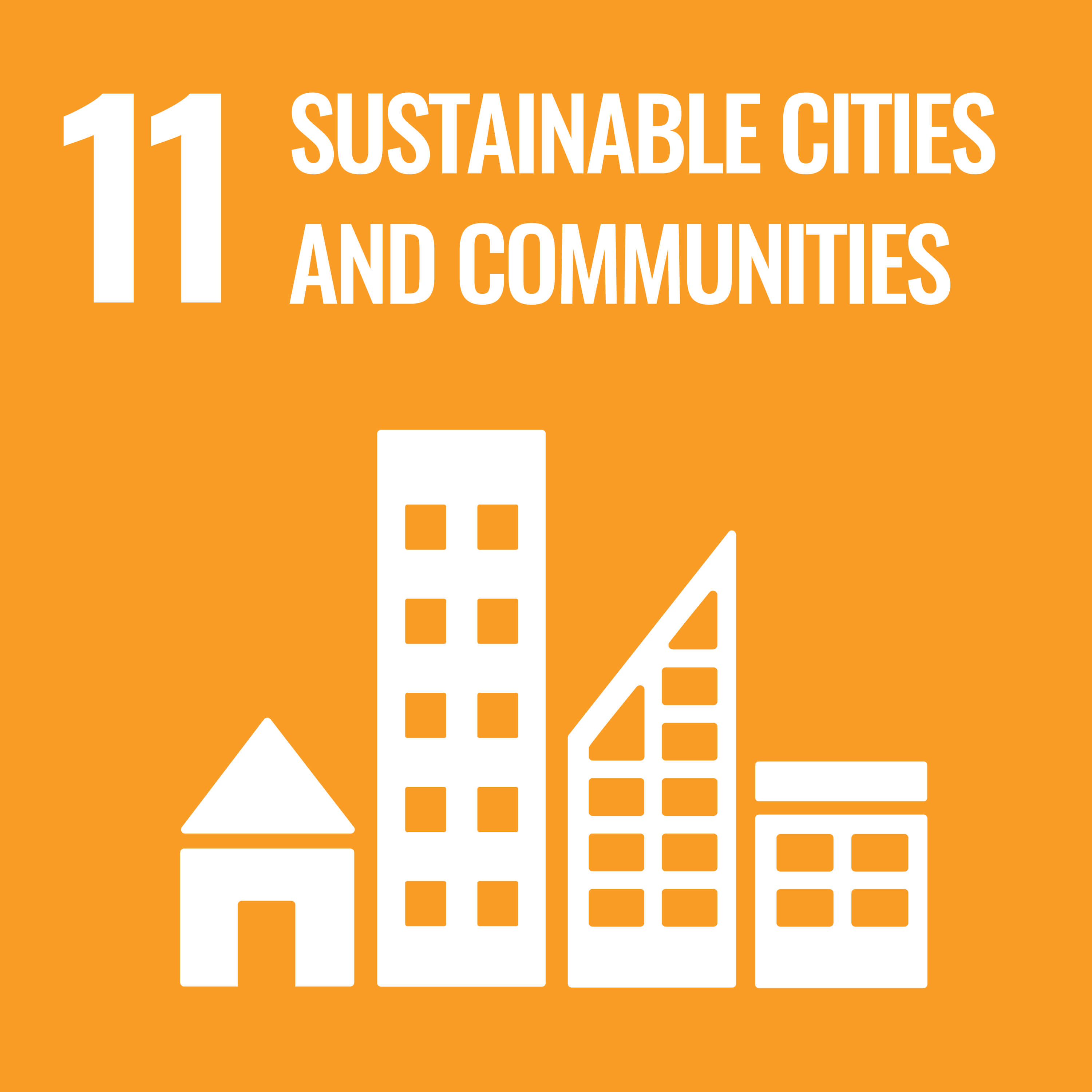
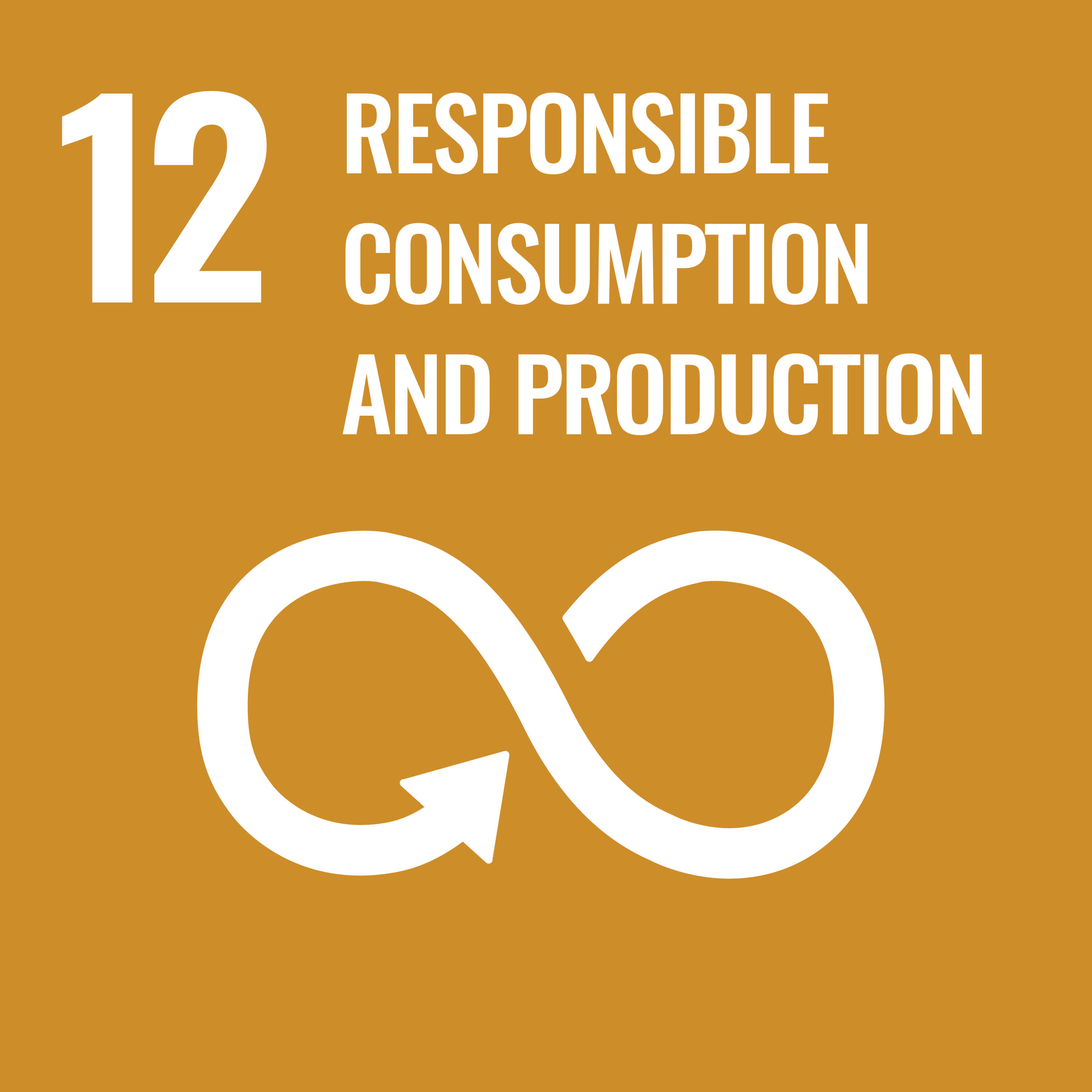
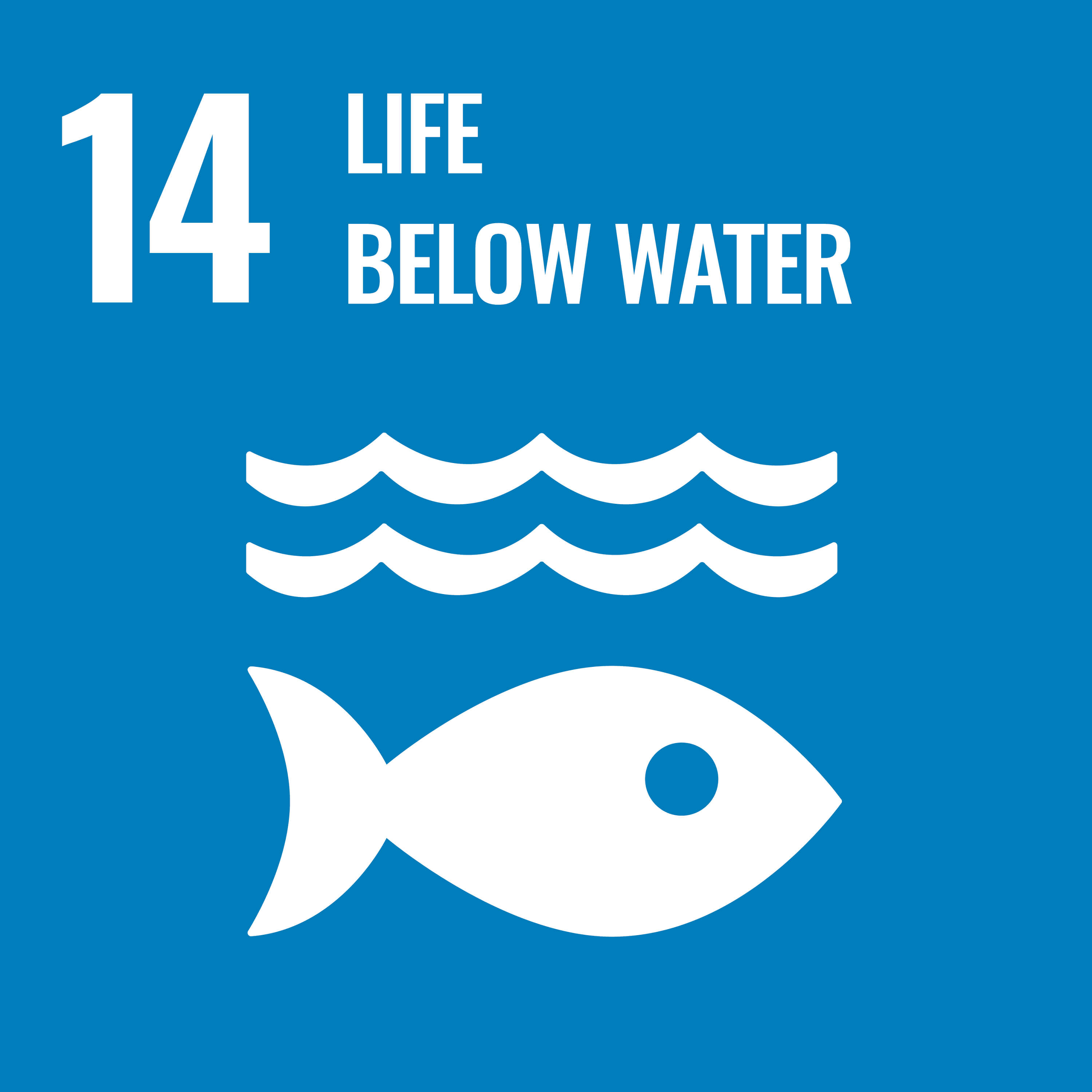
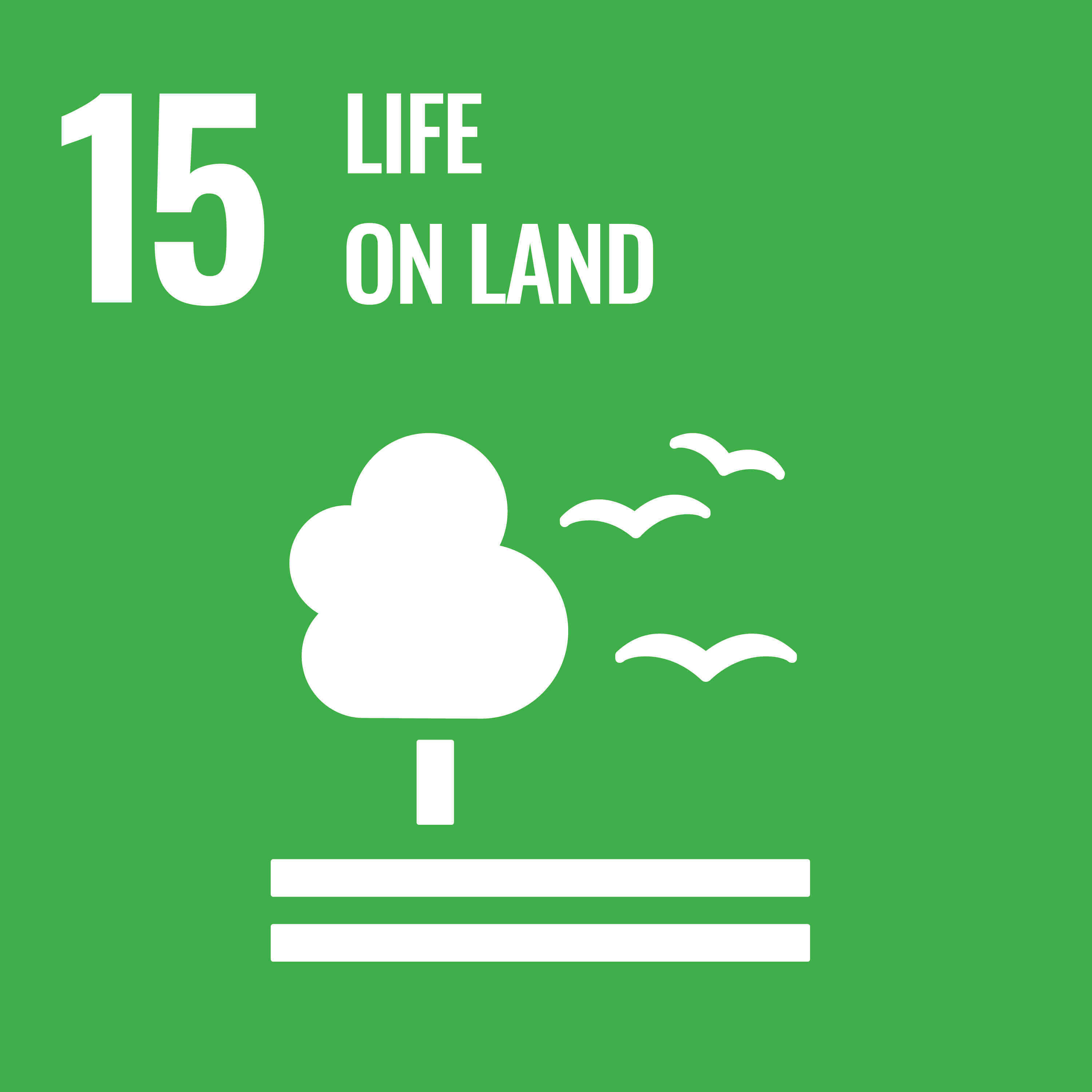
Vision
Strategy
Basic Approach
Management and Reduction of Hazardous Chemical Substances in Products
While chemical substances enrich lives, highly hazardous substances can cause serious damage to human health and the environment depending on the method of use and disposal. Countries around world develop laws and regulations on the proper management of chemical substances aiming to prevent health hazards and negative environmental impact. These laws and regulations are tightened each year, spreading to other countries based on European laws and regulations.
The products sold by the Nikon Group consist of numerous parts, which contain a variety of chemical substances. Based on these circumstances, the Nikon Group established the Nikon Environmental Policy on the management of hazardous chemical substances in products, environmental friendliness, pollution prevention, and compliance with laws and regulations. In addition, we set Realizing a Healthy and Environmentally Safe Society as a pillars of the Nikon Long-Term Environmental Vision for 2050.
Management and Reduction of Hazardous Chemical Substances
Chemical substances can inflict serious damage to health and the environment if mishandled, and countries around the world continue to develop, strengthen, and expand laws and regulations to prevent such damage. Companies are required to establish a system for the proper management of chemical substances and to develop, manufacture, and sell products while complying with laws and regulations. The Nikon Group stipulates the management of chemicals and compliance with laws and regulations and pollution prevention in the Nikon Environmental Policy, establishing Realizing a Healthy and Environmentally Safe Society as one of the pillars of the Nikon Long-Term Environmental Vision for the year 2050.
Biodiversity Conservation
Corporate activities are profoundly linked to biodiversity. We obtain resources needed in our business activities from ecosystems, while causing impacts on ecosystems, such as the emission of chemical substances and greenhouse gases, from our business activities.
Biodiversity is the foundation of society, and conserving biodiversity is extremely important for companies to continue business activities. In December 2022, the second part of the 15th Conference of the Parties (COP15) to the Convention on Biological Diversity was held in Montreal, Canada. During the convention, representatives adopted a new international goal, the Kunming-Montreal Global Biodiversity Framework (GBF). This framework established a 2030 Mission to take urgent action to halt and reverse biodiversity loss and put nature on a path toward recovery. The framework includes 23 new targets with related business goals under each. Companies will have to accelerate biodiversity efforts if they are to achieve these targets. In September 2023, the Taskforce on Nature-Related Financial Disclosures (TNFD)* released the Recommendations of the Taskforce on Nature-related Financial Disclosures (Final TNFD Recommendations v1.0).
The Nikon Environmental Policy stipulates that we strive to identify and disclose dependency, impact, risks, and opportunities related to biodiversity and ecosystems in our value chain. We also endeavor to conserve ecosystems through our business activities, environmental activities, and community contribution activities. We also engage in biodiversity conservation to realize a healthy and environmentally safe society, a pillar of the Nikon Long-Term Environmental Vision, and are implementing related activities to this end.
The loss of nature over that past several years has accelerated climate change. And the world is realizing that climate change is a cause of nature loss.
The Nikon Group recognizes this connection with climate change and works to conserve biodiversity and disclose information in line with the Final TNFD Recommendations.
- * An international organization that establishes a framework for private companies and financial institutions to assess and disclose risks and opportunities related to natural capital and biodiversity.
Indicators and Targets
| FY2024 Plan | FY2024 Results | FY2025 Plan | |
|---|---|---|---|
| Reduction of hazardous chemical substances, etc. |
|
|
|
|
|
|
|
| Implementation of activities aimed at biodiversity conservation |
|
|
|
|
|
|
Sustainability Report
For more information, refer to Preventing Pollution and Conserving Ecosystems in the Sustainability Report.
Management and Reduction of Hazardous Chemical Substances in Products
-
Basic Approach
-
Strategy
-
Governance
-
Risk Management
-
Major Initiatives
Management and Reduction of Hazardous Chemical Substances
-
Basic Approach
-
Strategy
-
Governance
-
Risk Management
-
Major Initiatives
Biodiversity Conservation
-
Basic Approach
-
Strategy
-
Governance
-
Risk Management
-
Major Initiatives
